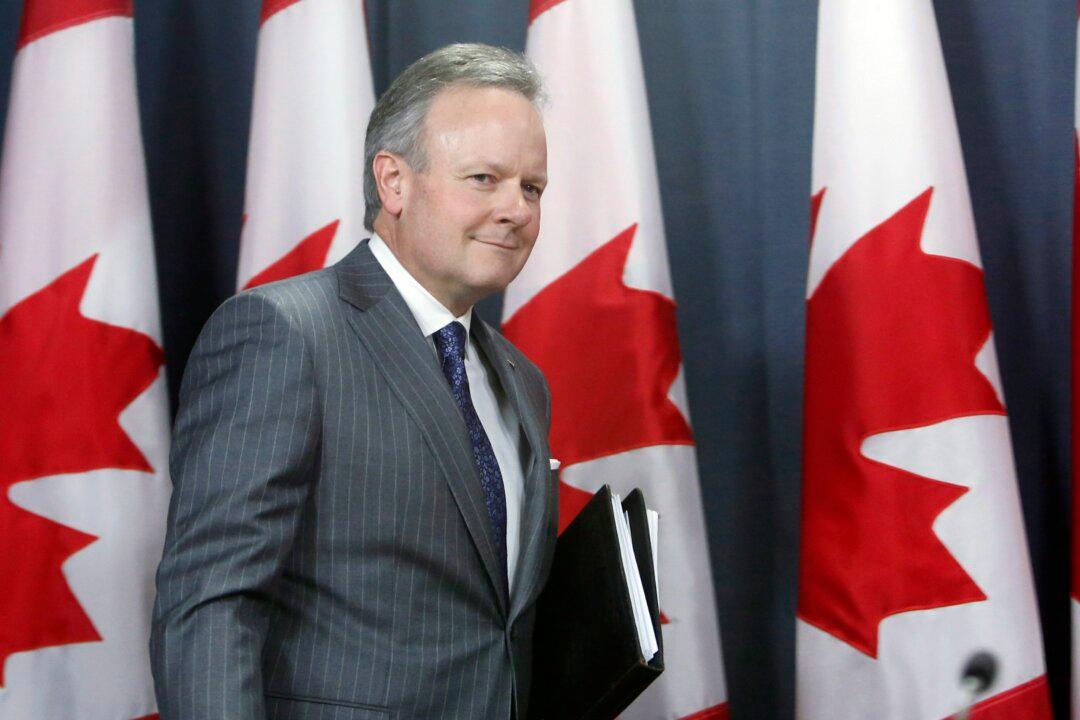OTTAWA—The Bank of Canada reiterated its expectation for Toronto’s raging housing market to cool due to the effects of stricter mortgage insurance eligibility, high levels of household debt, and higher long-term borrowing costs in its Monetary Policy Report (MPR) released April 12.
However, that scenario has not been playing out so far in 2017. The average sales price in the Greater Toronto Area (GTA) is up 33.2 percent in the last year and since the release of January’s MPR, Canadian and U.S. 10-year bond yields have moved lower by 0.15 to 0.18 percent.
The Bank believes speculation is playing a greater role in the GTA as price increases have surpassed what can be justified based on fundamentals like immigration, strong job growth, and low interest rates. Such a situation is unsustainable given the fundamentals, said the BoC.
And Bank of Canada Governor Stephen Poloz said speculation isn’t going to change with higher interest rates.
“An interest rate of either 3 or 4 percent for a mortgage is not going to change someone’s mind if they’re basing their decision on the assumption that the price of the house is going to rise by an additional 20 percent next year,” Poloz said. “So interest rates are not going to skew that speculation.”





